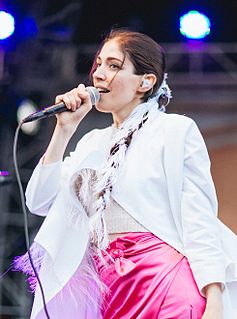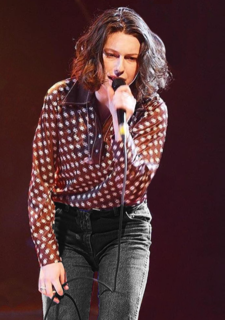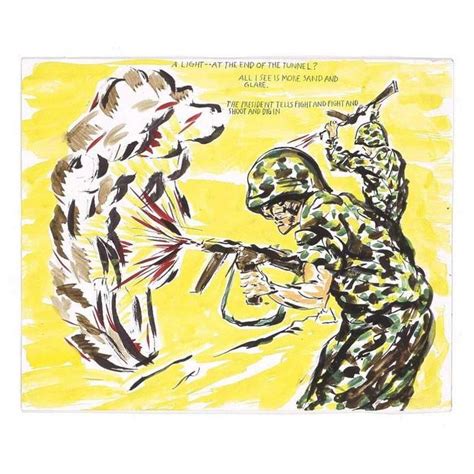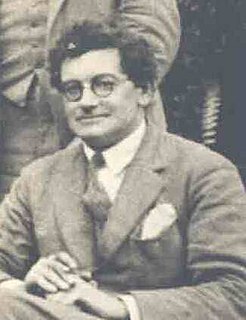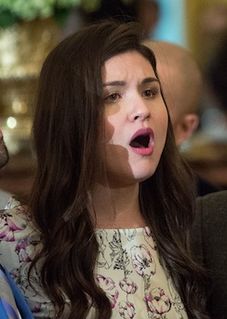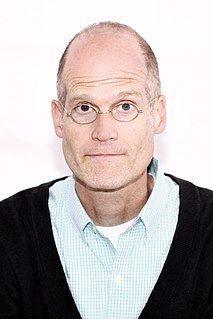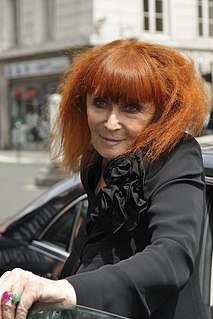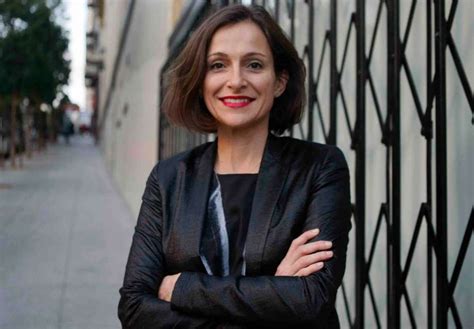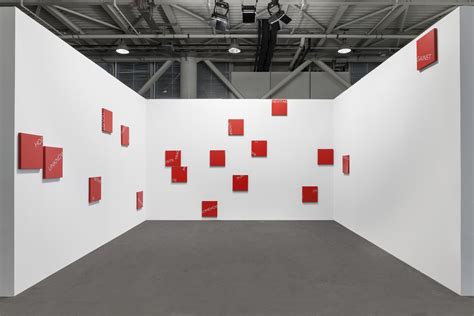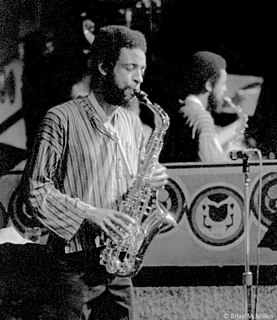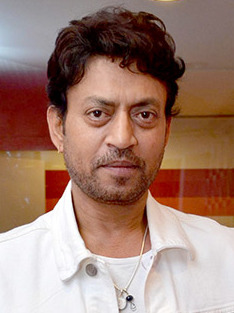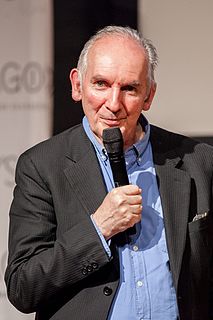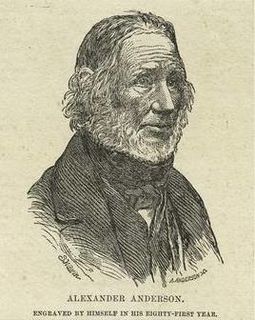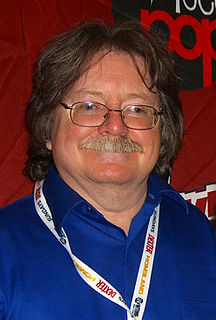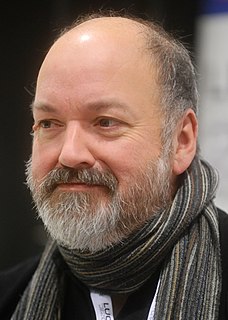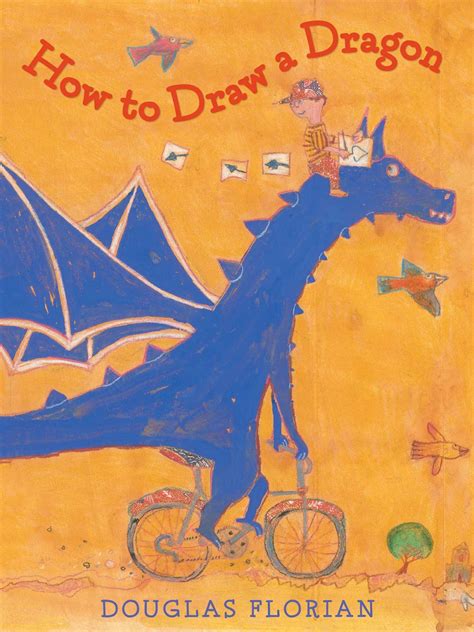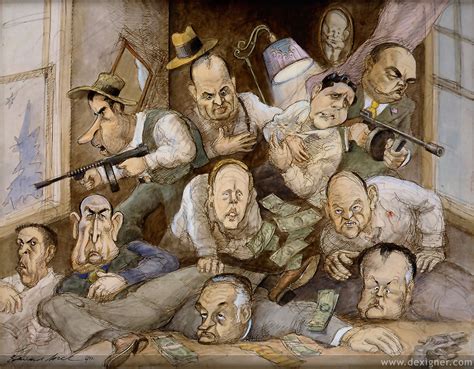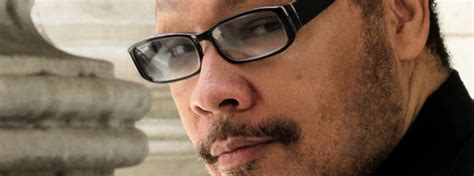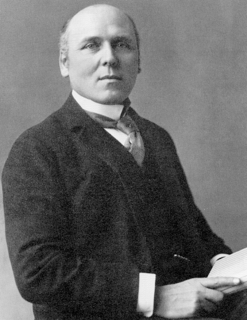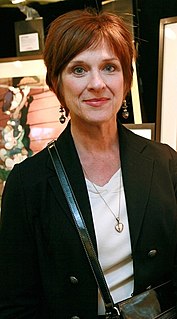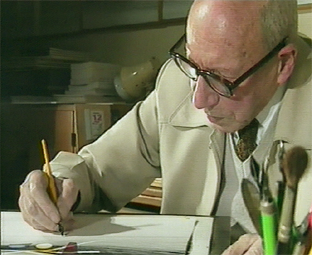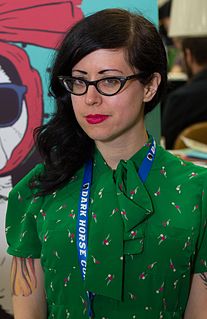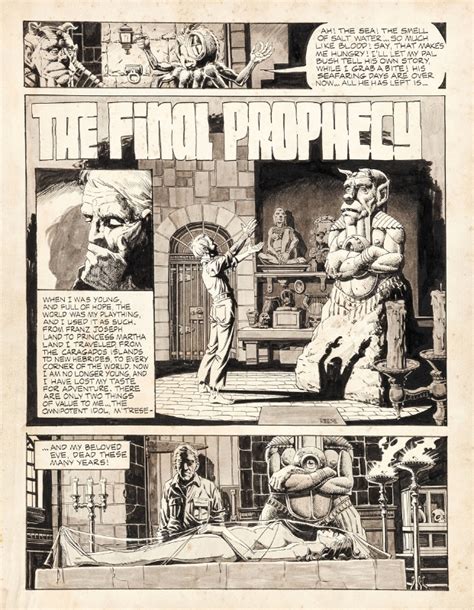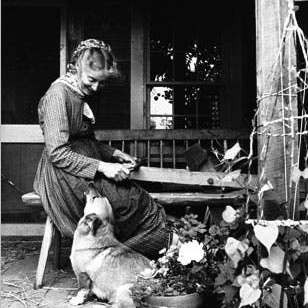A Quote by Jerry Pinkney
Drawing creates its own kind of private space. Coupled with certain interests that I want to speak to in my art, it's really kind of a safe haven for me. Creating art is not only a comfort zone, but also a way of speaking to my passions.
Related Quotes
King Princess is like an attitude. I take comfort in it as kind of a shield to exist in, where I can make cohesive art. And it's androgynous, which is intentional. It's important to me that my art exist in a kind of neutral space, genderless to some degree. And give the listener some imagery to hold on to.
It is certain that the real function of art is to increase our self-consciousness; to make us more aware of what we are, and therefore of what the universe in which we live really is. And since mathematics, in its own way, also performs this function, it is not only aesthetically charming but profoundly significant. It is an art, and a great art.
Drawing the kind of comics that I do takes so long that to specifically address something as transitory as a political matter in it would be about as effective as composing a symphony with hopes that it would depose a despot. On top of that, I personally don't think that my version of art is the best way to deal with political issues at all, or, more specifically, the place to make a point. Not that art can't, but it's the rare art that still creates something lasting if its main aim was purely to change a particular unfair social structure.
Fashion is also a form of art, and like every kind of art, it has its own way of expression. In other words, if a dress looks better on a thin girl, on a catwalk, during a very specific moment of time and space then it's represented as part of a "fashion Show". It is after all a "Show" and it has to be understood by people that it is a "show" and not real life.
(...) contemporary art has become a kind of alternative religion for atheists. (...) For many art world insiders and art aficionados of other kinds, concept-driven art is a kind of existencial channel through which they bring meaning to their lives. It demands leaps of faith, but it rewards the believer with a sense of consequence. Moreover, just as churches and other ritualistic meeting places serve a social function, so art events generate a sense of community around shared interests
I took art courses, only in the sense that I was able to - I took art classes, which were fun, which I liked, but it was a - just a kind of a general education that I got, a regular academic - academic diploma, but I kind of had the feeling that art was something that I really liked the most but I wasn't really sure that that was it.
People have their own interests and they want to play a certain kind of music. People want to play in orchestras. They want to play on Broadway. Those that want to play traditional jazz and have no interests in the ideas of improvisation. So in spit of the fact that there are fifty violin players, you might only narrow it down to ten and within those ten, there might only be three who have the right kind of background and credentials to deal with what you need to deal with. Everybody's got their own special thing that they are after and a lot of times you don't have time to be training people.
I think a lot of people are involved in art because of the fashion of art and the conversation. It gives them a certain sophistication, something to speak about. But art is, if it's conceptual, really about understanding the concept. And if it's beautiful, it's about seeing the beauty. It's gone much further than that now. There's too much commercialism attached to art. If the market cracks one day big-time, you'll frighten so many people away who will never come back. Because they don't really feel for art. People who buy art should want it because they love it, they want to enjoy it.
Design is about creating spaces for people to enjoy and of course, creating moments where you elevate the spirit, but 'design for good' is figuring out a program that not only creates better spaces, but creates jobs, creates new industry and really kind of raises the conversation about how we rebuild.
Every work of art causes the receiver to enter into a certain kind of relationship both with him who produced the art, and with all those who, simultaneously, previously, or subsequently, receive the same artistic impression. Art is a human activity- that one man consciously by means of certain external signs, hands on to others feelings he has lived through, and that others are touched by these feelings and also experience them.

